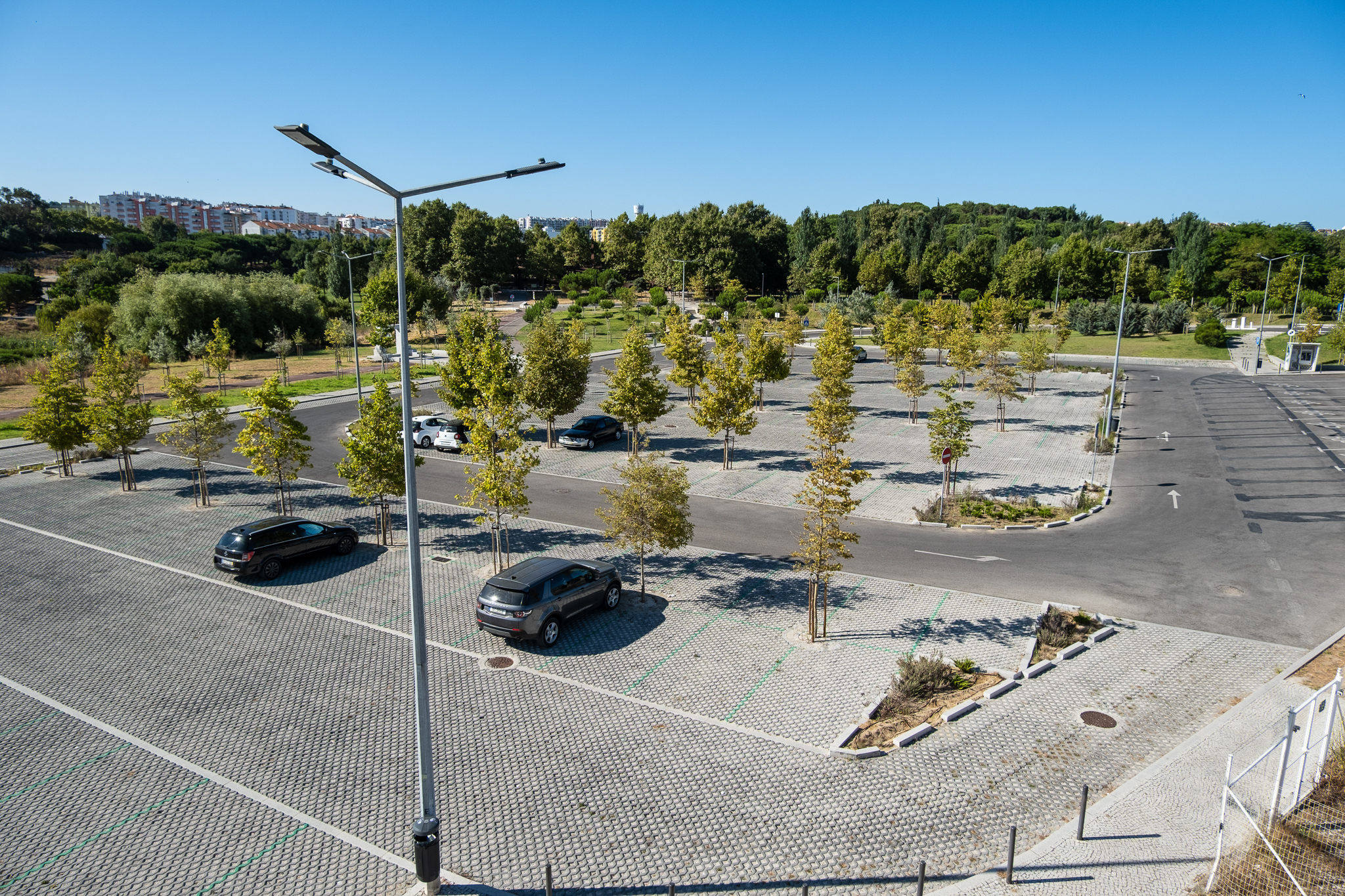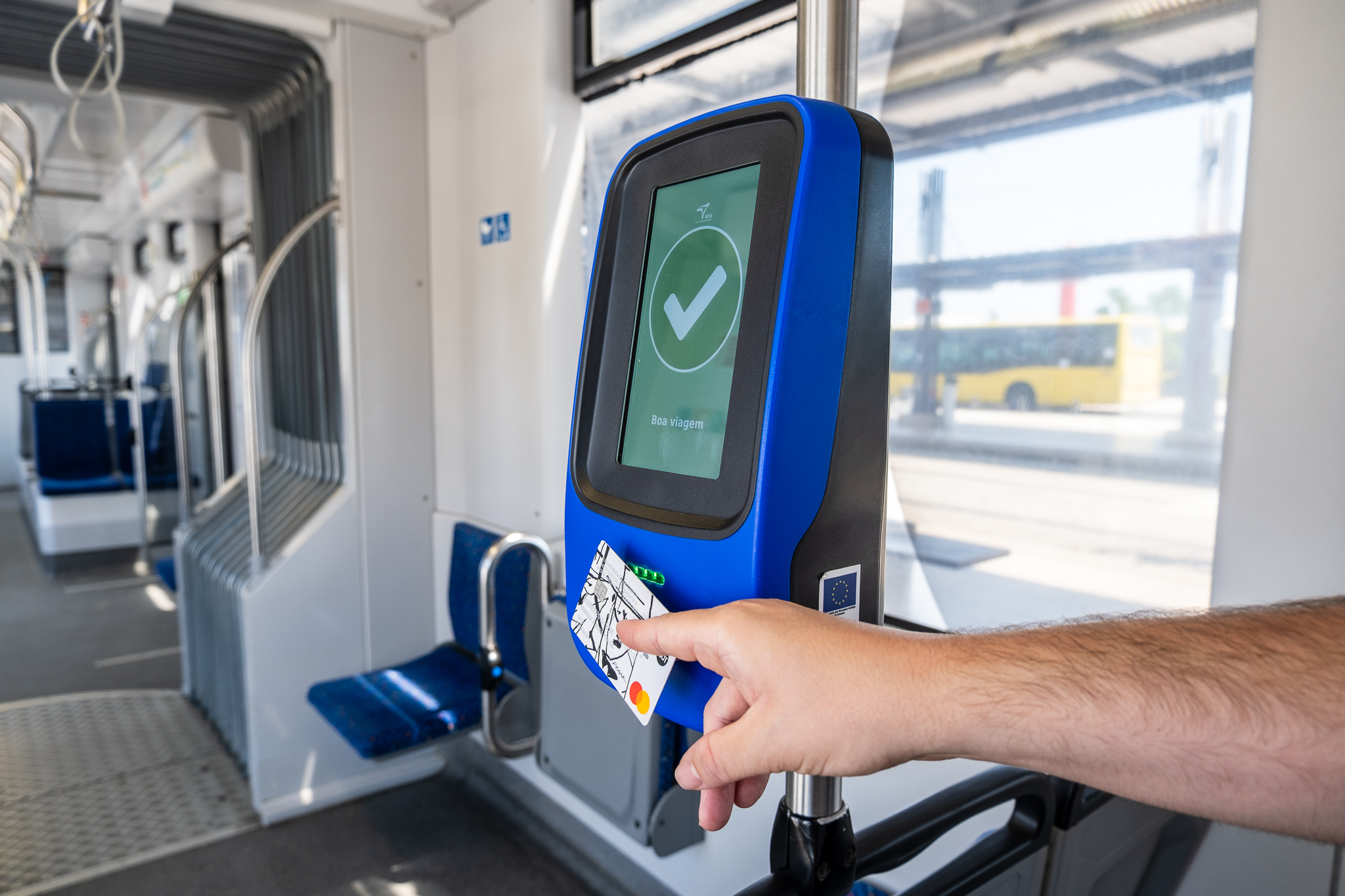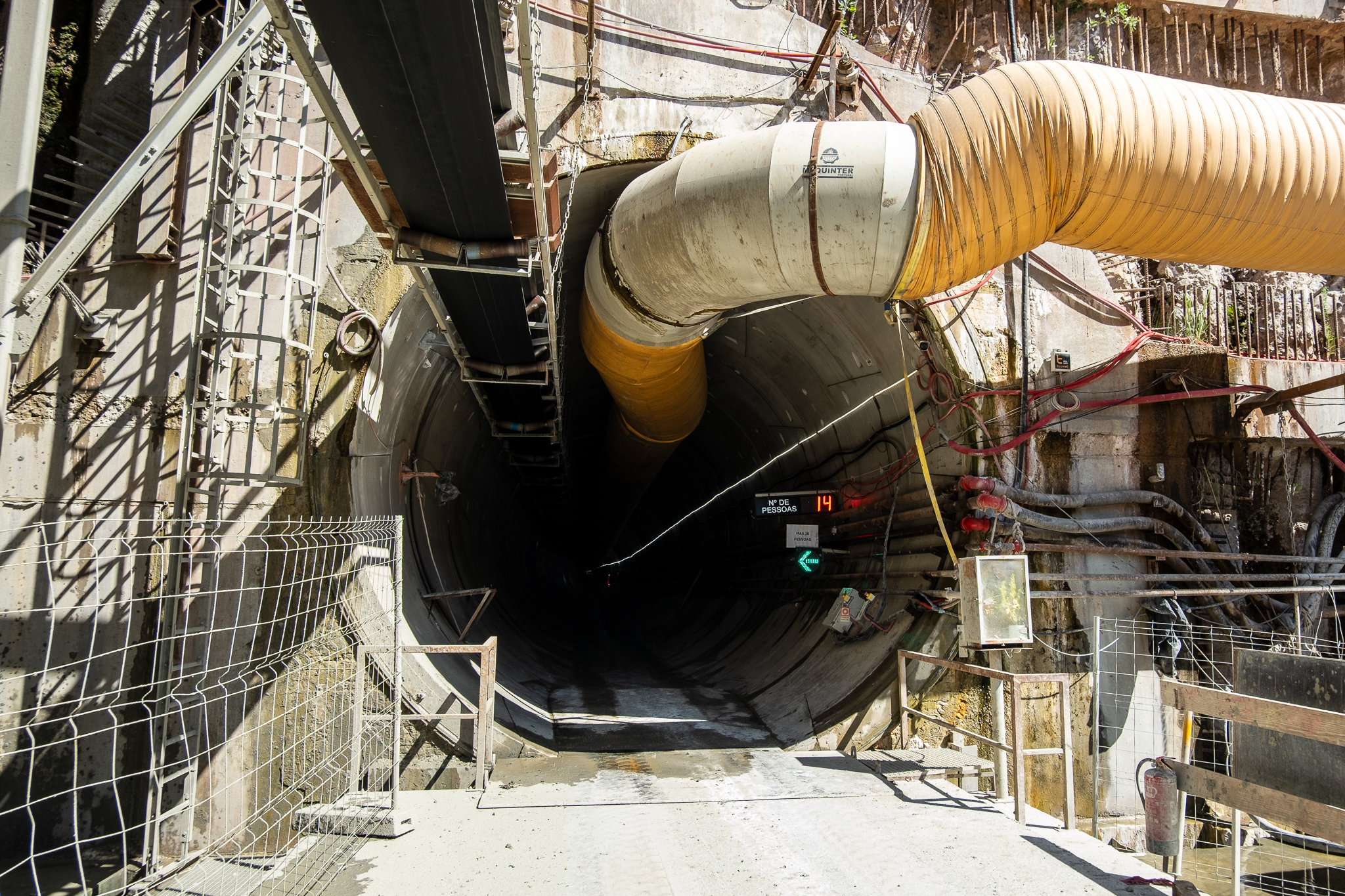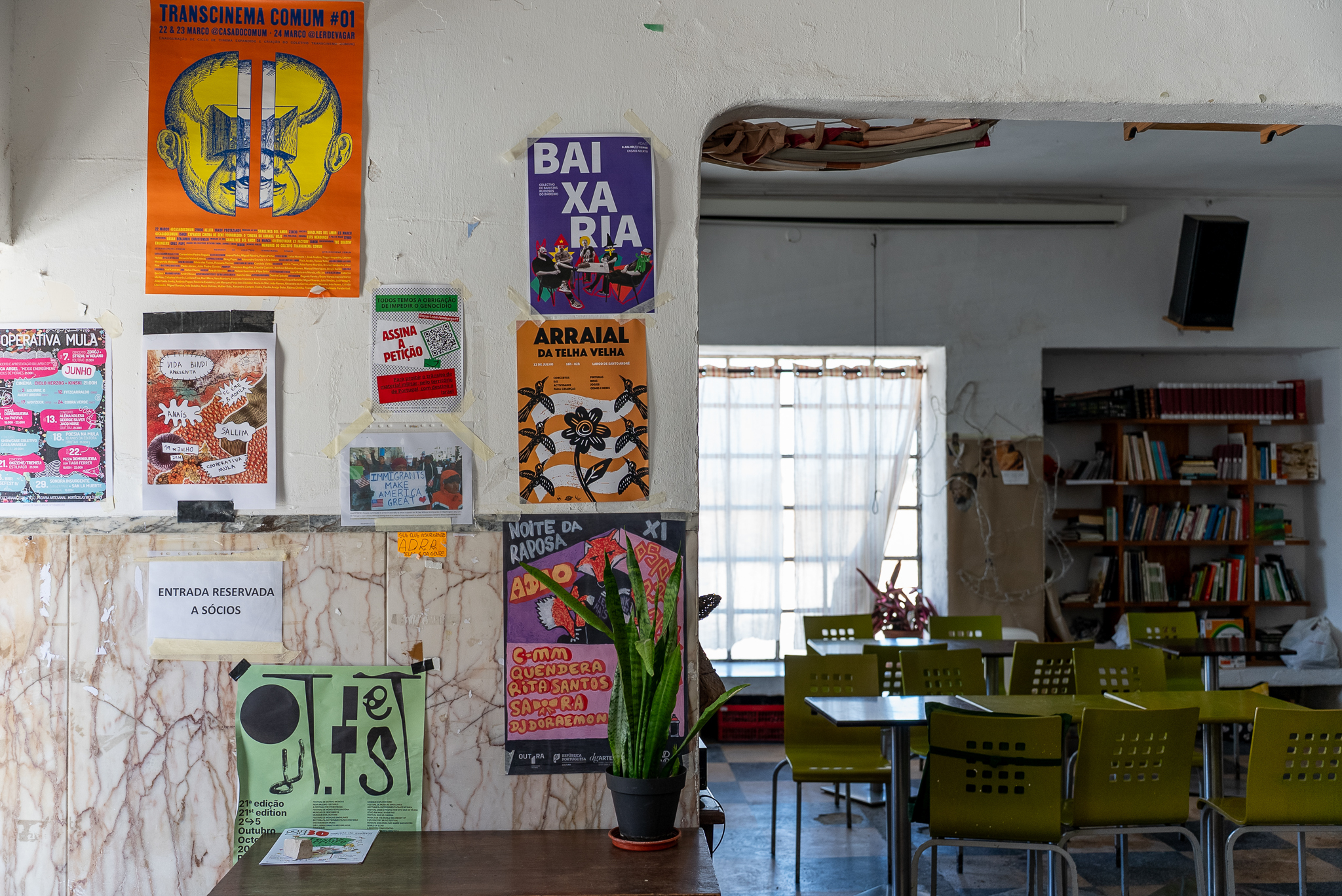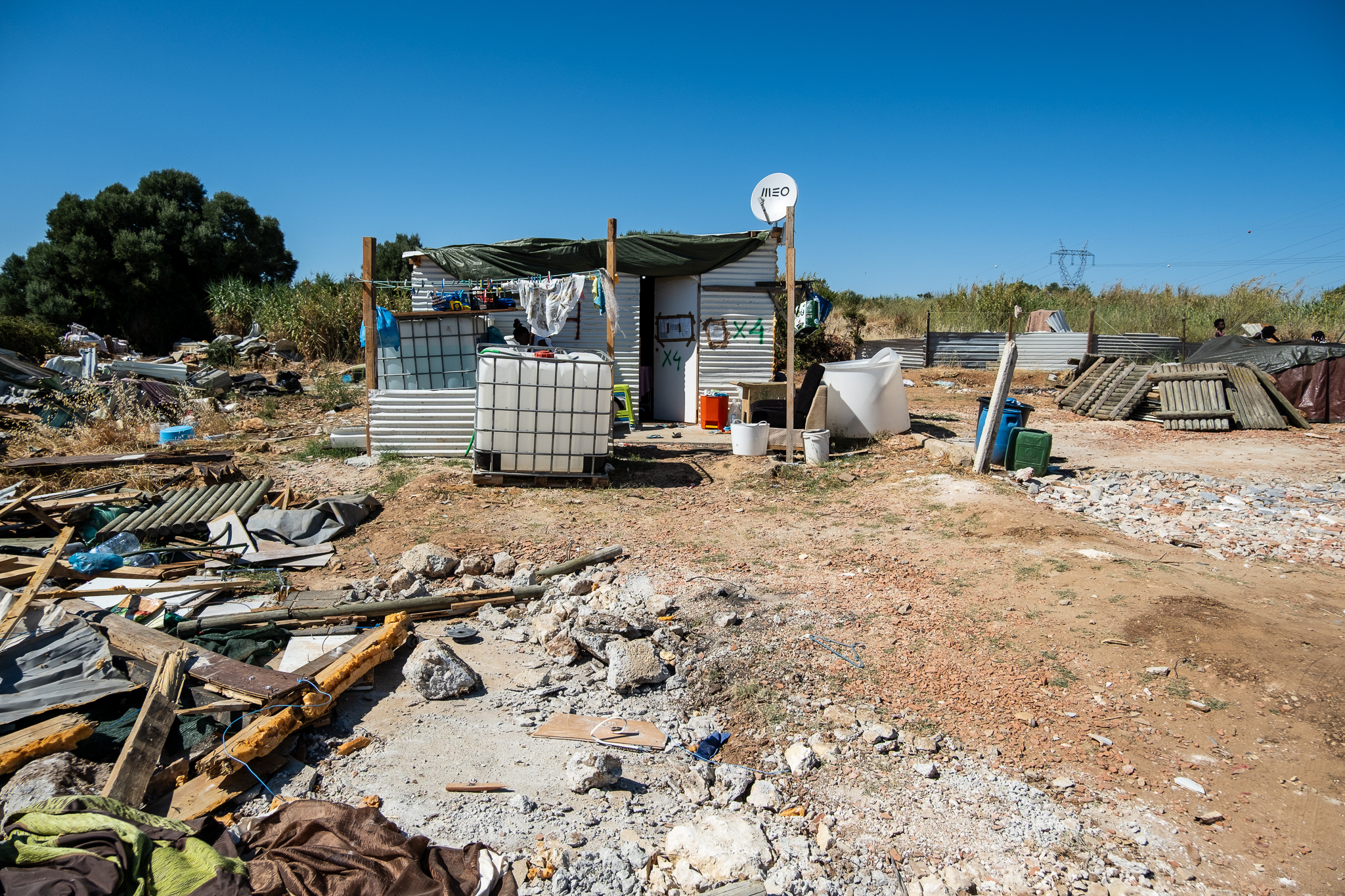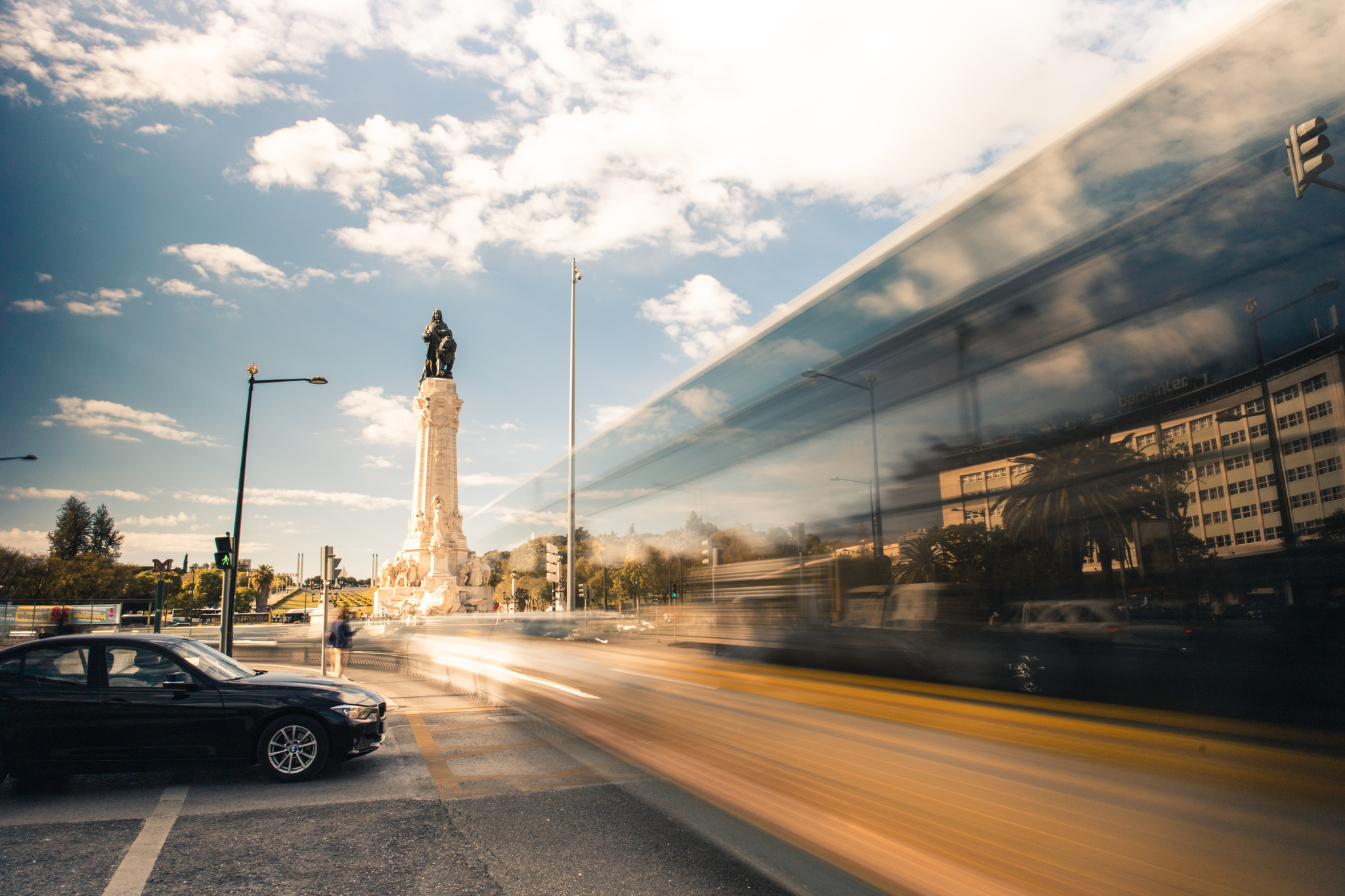
More than 50% of respondents use the car as the main means of transportation on a normal day in LisbonThe value is above the average of 46% corresponding to the 83 cities analyzed in the most recent European Commission (EC) study on the quality of city life. Lisbon is a city where you drive a lot, but not the one where you drive the most. At the top of the 83 cities analyzed by the EC is Braga with 61%. The same study suggests that, in general, the smaller the size of the city, the less the car is used - Braga, which has less than 250 thousand inhabitants, does not follow this trend.
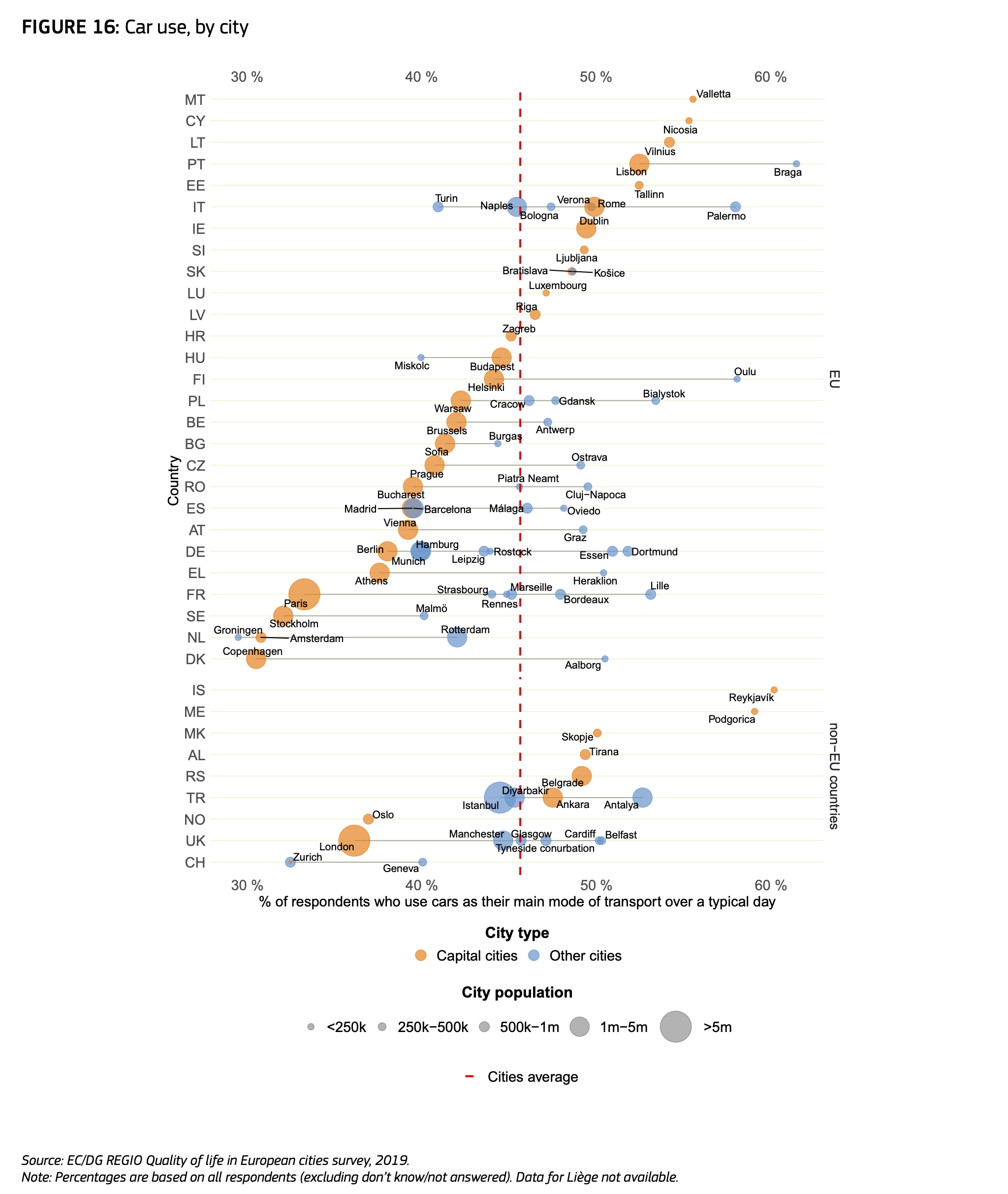
The same document and that capital cities tend to be the cities where you drive the least because they have good public transportation services. This is the case of Berlin, Athens, Oslo, London or Paris, capitals that appear among the 10 cities where cars are used the least, with percentages between 33 and 38%but also cities like Groningen and Amsterdam in the Netherlands, and Copenhagen in Denmark, with a strong two-wheel tradition and where car use is around 29-31%. "On the one hand, destinations in a city need to be accessible to people living both inside and outside the city. On the other, urban transport can generate problems such as congestion, road accidents, noise and air pollution, and greenhouse gas emissions. In this sense, urban transport networks must optimize infrastructure, offer efficient services and encourage a shift to more sustainable modes of transport", reads the report of the EC study.
In relation to public transport, the European Commission study indicates that those who live in a capital city are generally more satisfied with public transport than those who live in other cities, and that Southern Europe is where dissatisfaction levels are higher. In cities where satisfaction with public transport is higher, its use is also higher. Satisfaction with public transport also has a very strong relationship with people's overall satisfaction with the city they live in.
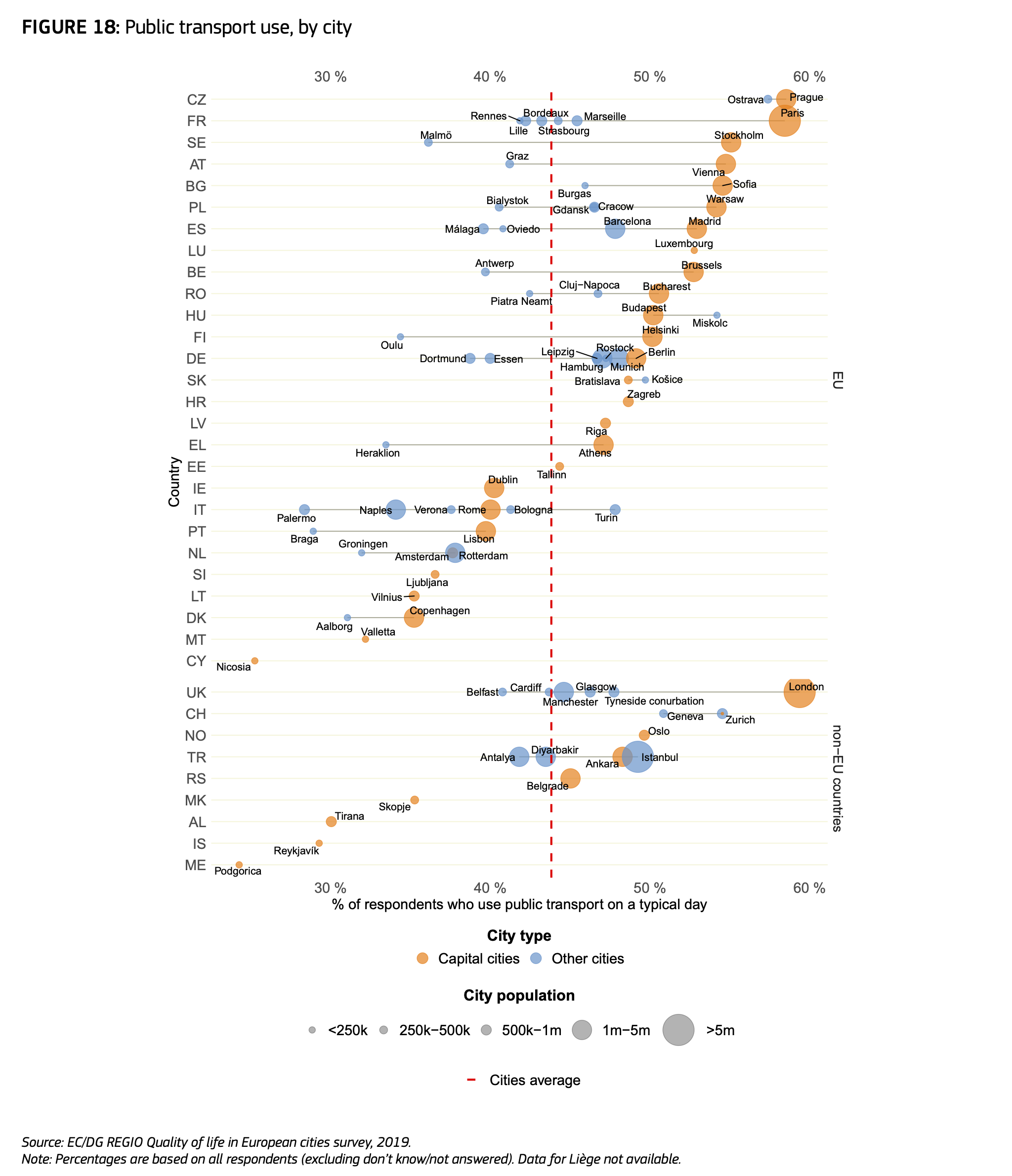
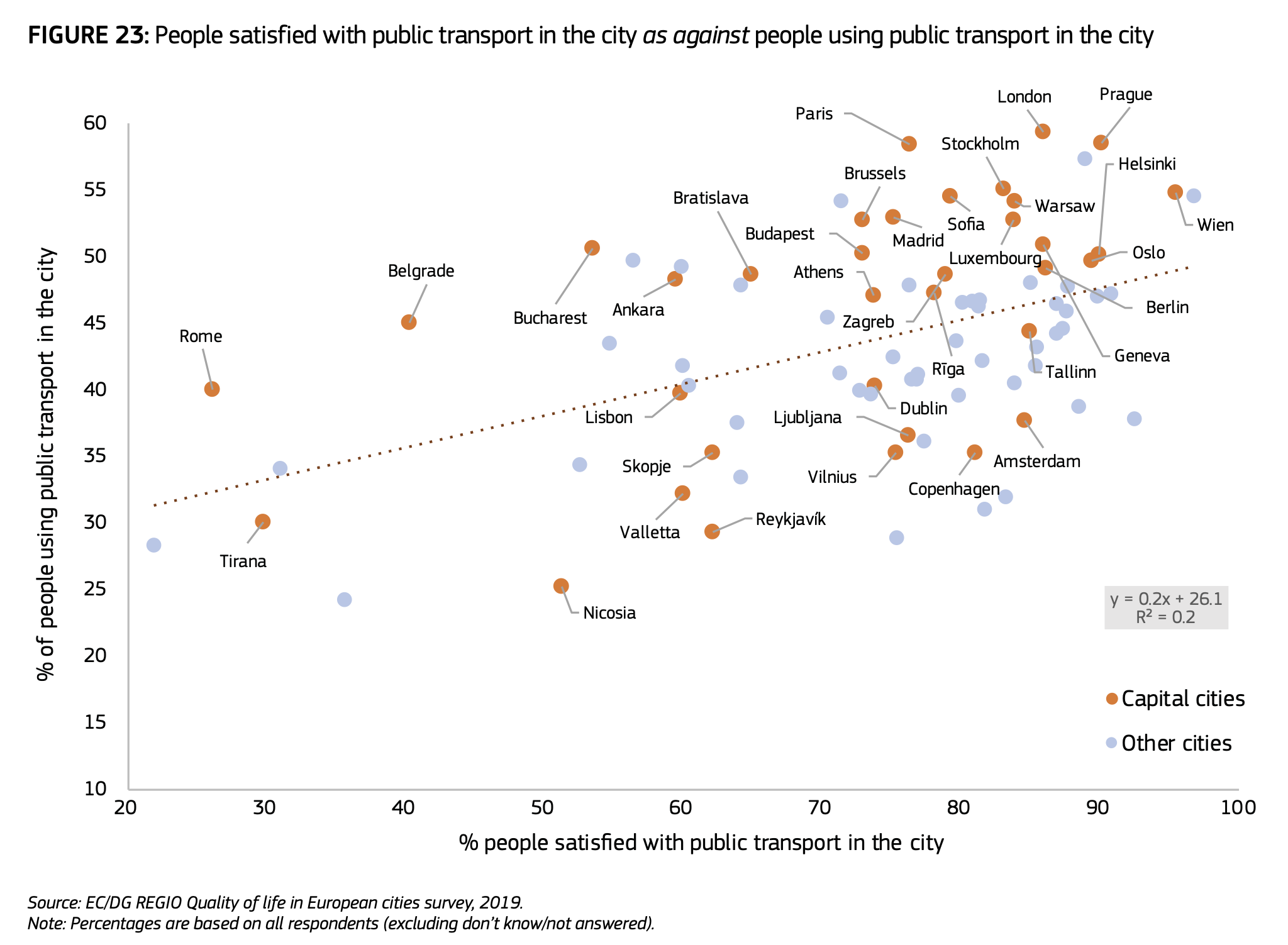
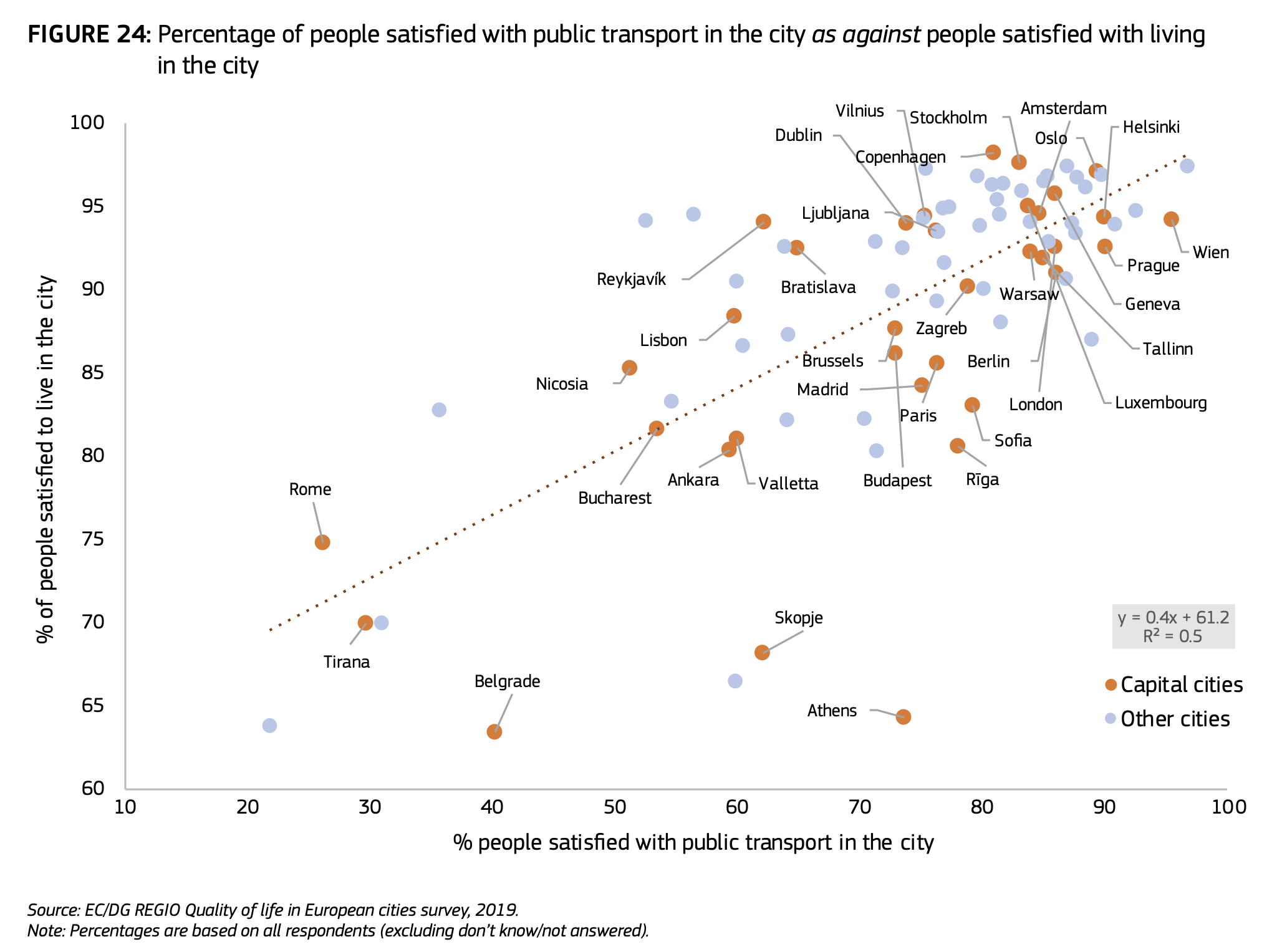
Lisbon is one of the cities where public transport is used the least, with less than 40% of those polled saying they use this form of mobility on a normal day. London, Prague, Paris, Ostrava and Stockholm are the cities where public transport is used the most, with 55 to 59% doing it on a daily basis; Braga is among the 10 cities where public transport is used the least, with a percentage of only 29%.
The European Commission also looked at levels of bicycle adoption. Top of the table is Groningen in the Netherlands, interestingly enough the city in the 83 where people ride the least by car and public transport: 42% of those surveyed in that city use a bicycle on a normal day. As for Lisbon, it is the 8th city where cycling is the least popular. "During the Covid-19 confinement, many cities in Europe increased pedestrian and cycling space. Now that Europe is coming out of this confinement, maintaining and expanding cycling networks can lead more people to opt for cycling over the car or public transport option."the report reflects.
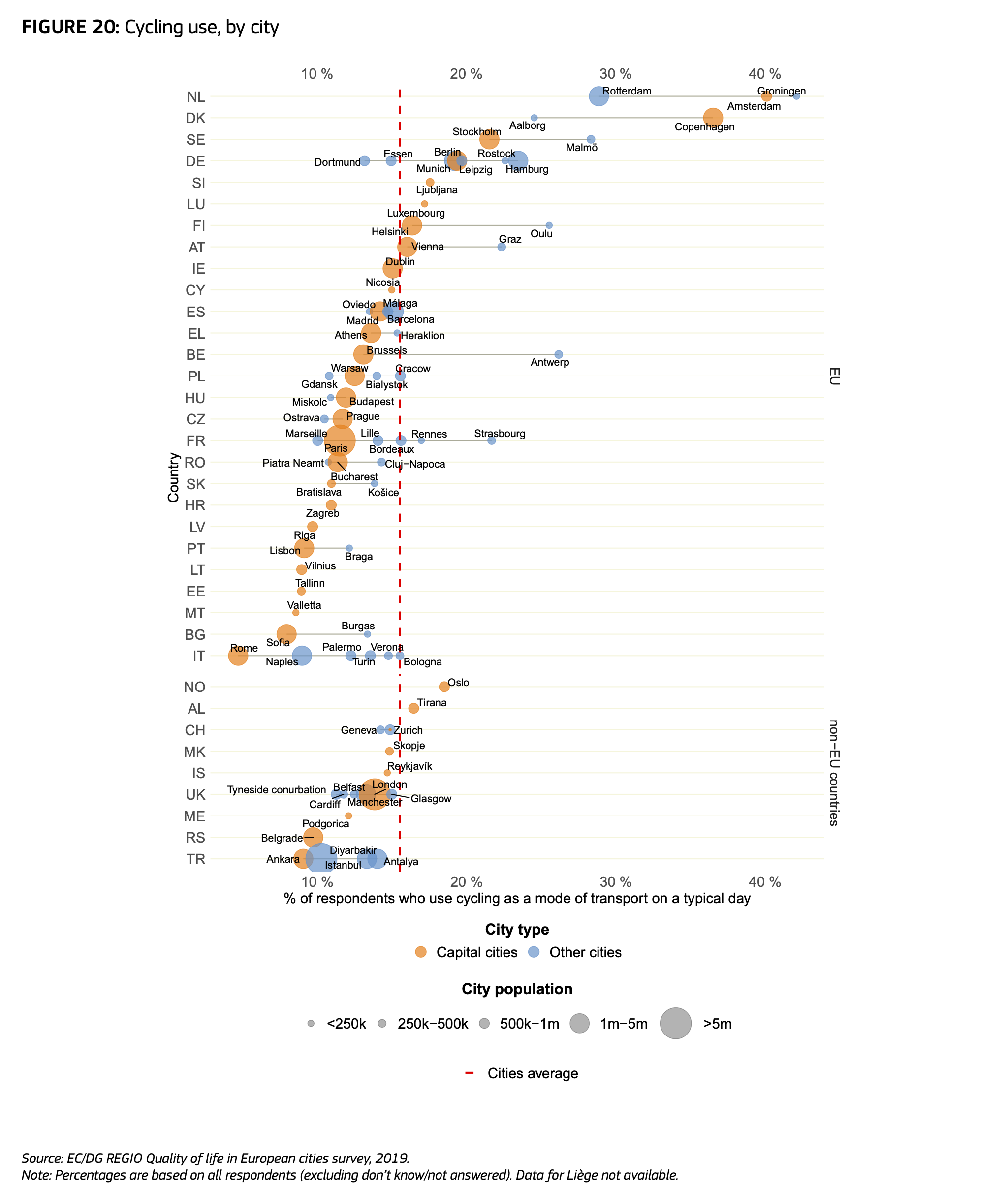
The EC also analyzed the existence of green spaces, the quality of public space, noise, and air pollution as determinants of quality of life in a city. Regarding green areas, satisfaction in Lisbon is around 70%, well below cities like London, Paris, Berlin, Helsinki or Copenhagen. It is also a city where satisfaction regarding public space is below the 83 cities average, which is just above 80%. Regarding air quality in Lisbon, the report notes that satisfaction increased by 5 percentage points compared to 2015 and that satisfaction with noise in the city also improved, in this case by 6 percentage points.
The complete study of the European Commission is 108 pages long and can be consulted here. Next, we provide the chapter on mobility, green spaces, and pollution.

